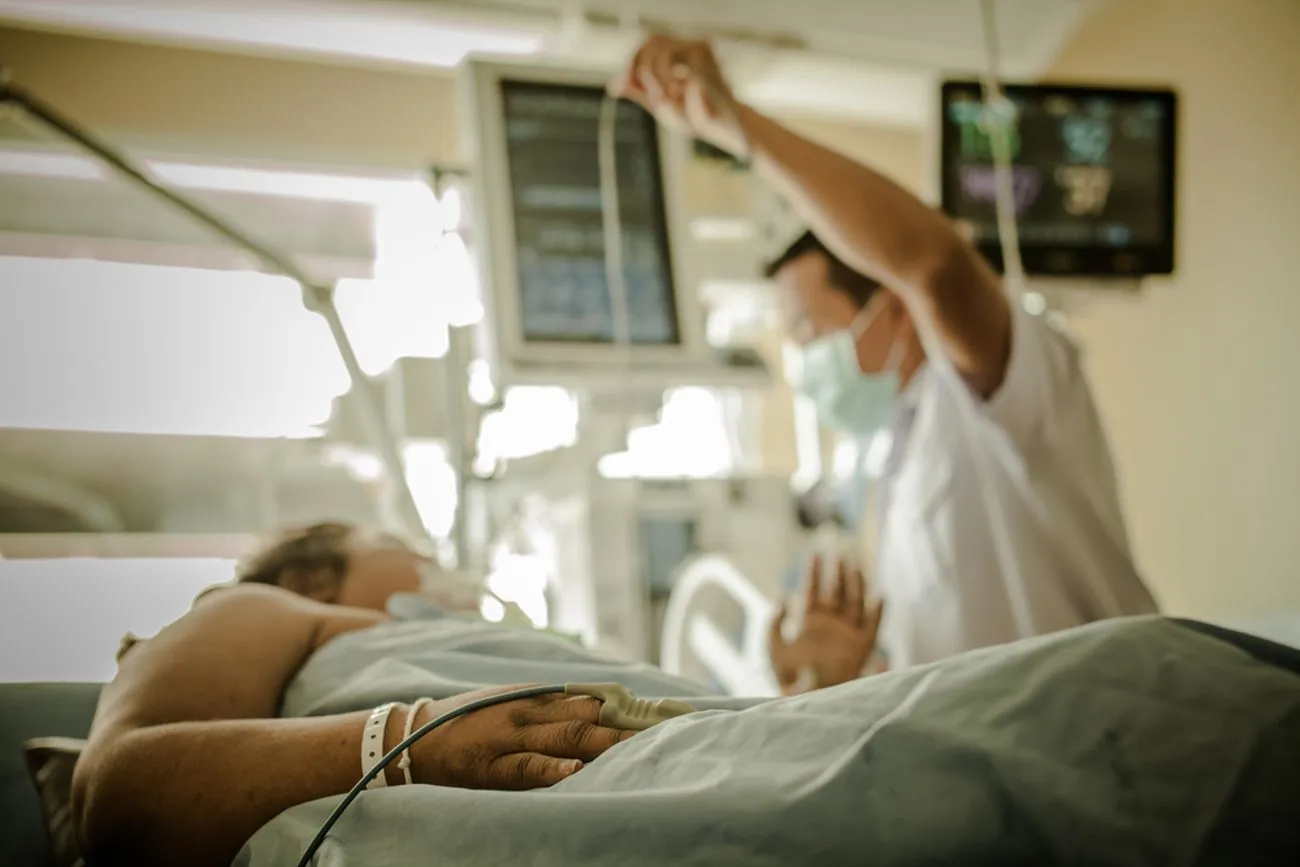There are numerous forms of cancer treatment. The kind of treatment you receive will depend on the type of cancer you have and how progressive it is. Some individuals will only need one treatment. But then again, most people need a mixture of treatments.
Commonly used methods include surgery, chemotherapy, and radiation. You can also have immunotherapy, targeted or hormone type therapies. Experimental trials may also be an option. Clinical trials are exploration studies that include real people. If you’re considering joining one, understanding the trial completely can help you decide if it is a good option for you.
Types of Treatment
When faced with cancer, there is a great deal to think about when it comes to treatment options. Many feel overwhelmed and confused by their choices they must make. Talking to your doctor about the options available can help you make the right decisions. Here is a brief explanation about the most common treatment selections.
Surgery
Surgery is by far the most popular choice. The goal of any physician is to remove the foreign invader from the body. Surgery is a great option when the cancer is caught in its earliest forms, or is concentrated to one area.
The further the cancer has progressed, the harder it will be to use surgery as a viable option. Additionally, the sicker a person becomes, it makes surgery almost impossible. A person’s health is a great concern. Their heart must be able to withstand such a drastic measure. In some cases, patients are too weak to undergo any surgical intervention.
Chemotherapy
Chemotherapy, or chemo as it is often called, is used to stop or slow the progression of cancer. In many cases, this drug can be used to cure cancer or to ensure it doesn’t return. When tumors are causing pain in a specific area, chemo can shrink the inoperable tumors to allow the area to be relieved. It is a great option for inoperable tumors in their bowels and lungs. Many physicians also use chemo to shrink the tumor before the patient goes into surgery.
While chemo kills the bad cancer cells, it also kills the good cells in the body too. Because of the harsh nature of these drugs, you may lose your hair, have burns on the body, and experience vomiting. There are many forms of chemotherapy. It can be given through an IV, pill form, a cream, or by injection. The physician will evaluate the type of cancer, its stage, and any other health problems before selecting a chemo method.
Radiation
Radiation is used in low doses every day for x-rays, CT scans, and MRIs. However, in higher doses, radiation can be very effective in shrinking tumors and killing cancer cells. Radiation does not act instantaneously. It may take days or even weeks for the cells to die. It can be given by external beam or internal. In external beam, the radiation is pinpointed to the location where the cancer is growing. Though the machine never touches you, it will target the area with ease. The machine is a bit loud and can be overwhelming to some.
Internal radiation is given either in solid or liquid form. Brachytherapy is a type of internal radiation that puts seeds or capsules near the cancer. Liquid radiation is given through an IV. It travels through the body looking to destroy any cancer cells it comes in contact with. External beam has fewer side effects as it is only focusing on one area. Side effects and burns occur when the whole body is involved. Radiation and chemotherapy are given simultaneously in many cases.
Immunotherapy
Immunotherapy is also known as biological therapy. The immune system is comprised of the white blood cells, and the organs and tissues of the lymph system. Immune therapy increases the immune system to help the body fight off cancer. It uses substances made from living organisms. The most common types of immunotherapy are monoclonal antibodies, adoptive cell transfer, cytokines, treatment vaccines, and Bacillus Calmette-Guérin (BCG). Though this type of therapy is not as widely used as the top three, it has been approved as a treatment for many types of cancer.
Finding What Works For You
Though the aforementioned is just a few of the treatments available, there are new options being developed all the time. No matter what cancer treatment you select, there is the potential for side effects. The problem is that the treatment affects both the healthy and unhealthy tissue equally. When deciding what treatment options are best, the doctor doesn’t just use generic calculations. They look at your age, any other health conditions, type of cancer, stage of cancer, and side effects experienced from other treatments.
The most common symptoms or side effects with all of these treatments are fever, pain, vomiting, nausea, and hair loss. It may take several trial and error periods to find the one combination that works for you. Also, one method may become ineffective and a new method must be explored.
Lifestyle changes may aid in your victory over cancer. Eating right and exercising are still important, no matter what disease you are fighting. In fact, they are more important than ever to those who have a weakened immune system. Having a great team fighting for your health, along with the right treatments, means everything in battling cancer.
 Chaikom / Shutterstock.com
Chaikom / Shutterstock.com


